I must admit that I’ve mostly ignored crafting items in Mount & Blade II: Bannerlord. I have more fun “smiting” than I do “smithing,” if you know what I mean. But, of course, this can be a worthwhile endeavor for many players. Here’s our mini-guide to help you out.
Note: This guide is intended for Mount & Blade II: Bannerlord‘s early access stage. It’s possible that some mechanics may change in due course, so please inform us if we need to update certain details. For more information, check out our Mount & Blade II: Bannerlord guides and features hub.
Mount & Blade II: Bannerlord – Your Smithing skill, the smithy, and crafting
As mentioned in our skills and perks guide, the Smithing skill is increased by using the smithy in main settlements. You’ll gain boosts whether you’re refining a material, smelting weapons, or crafting entirely new ones. In turn, unlocking the perks for Smithing helps you in many ways (particularly with the number of materials you’re able to obtain). You might also learn new designs for weapon parts.
Stamina
All smithy actions require stamina. You’ll see this value when you mouse over your character’s portrait (seen above). As such, you won’t be able to do everything in one go. If you run out of stamina, you’ll have to back out of the smithy menu and wait for a while. It does recharge fast enough, so the stamina mechanic does become an unnecessary nuisance. The Smithing skill also has some perks that lower the cost of stamina but these are for specific actions (ie. crafting only) and not across the board.
Note: If you click on your character’s portrait, you can select another companion to use the forge instead; this will use up their stamina. It’ll also level up their Smithing skill, not yours.
Raw Materials
The materials you’ll need to take note of in your journeys are:
- Iron ore
- Crude iron
- Wrought iron
- Iron
- Steel
- Fine steel
- Thamaskene steel
- Hardwood
- Charcoal
You’ll find all the resources that are available at the bottom of your screen and each action or item will tell you what the cost would be. Believe it or not, charcoal is actually the most important material here since it’s used for almost every action. It’s as though the village smithy forgets to keep the fires burning whenever you’re around.
Smelting
While you’re killing bandits and amassing gold or annihilating armies with your fellow vassals in Mount & Blade II: Bannerlord, you’ll no doubt find a lot of loot left behind. Let’s assume that the spoils of war aren’t upgrades or you don’t want to sell them, well, you could just dismantle them into raw materials using the “Smelt” panel.
Take note that this is only for weapons. For some reason, you can’t dismantle armor into resources.
Crafting
In any case, these raw materials are then used for crafting new weapons using the “Forge” panel. Each weapon has four parts — blade, guard, grip, pommel — and all the designs you’ve learned are found here. Pick a design for each part and hit the forge button to create a new weapon; rename it if you want.
Unlocking certain Smithing perks also gives you a chance to make “Fine,” “Masterwork,” or “Legendary” weapons. Anyway, you could keep these weapons or sell them to a trader. Who knows? You might even find your crafted weapons being sold in other towns.
Refining
Last but not least is the “Refine” panel. This lets you convert and upgrade existing raw materials. This is actually where the early-game Smithing perks shine because of how much you can get in return.
For instance, hardwood to charcoal conversion is 2:1 by default. If you choose the “Efficient Charcoal Maker” perk, it becomes 1:2. You won’t need to worry about finding charcoal ever again. The other perks, meanwhile, also improve the conversion rates for the different kinds of metals.
Mount & Blade II: Bannerlord is available now via Steam’s early access program. For more information, check out our guides and features hub.






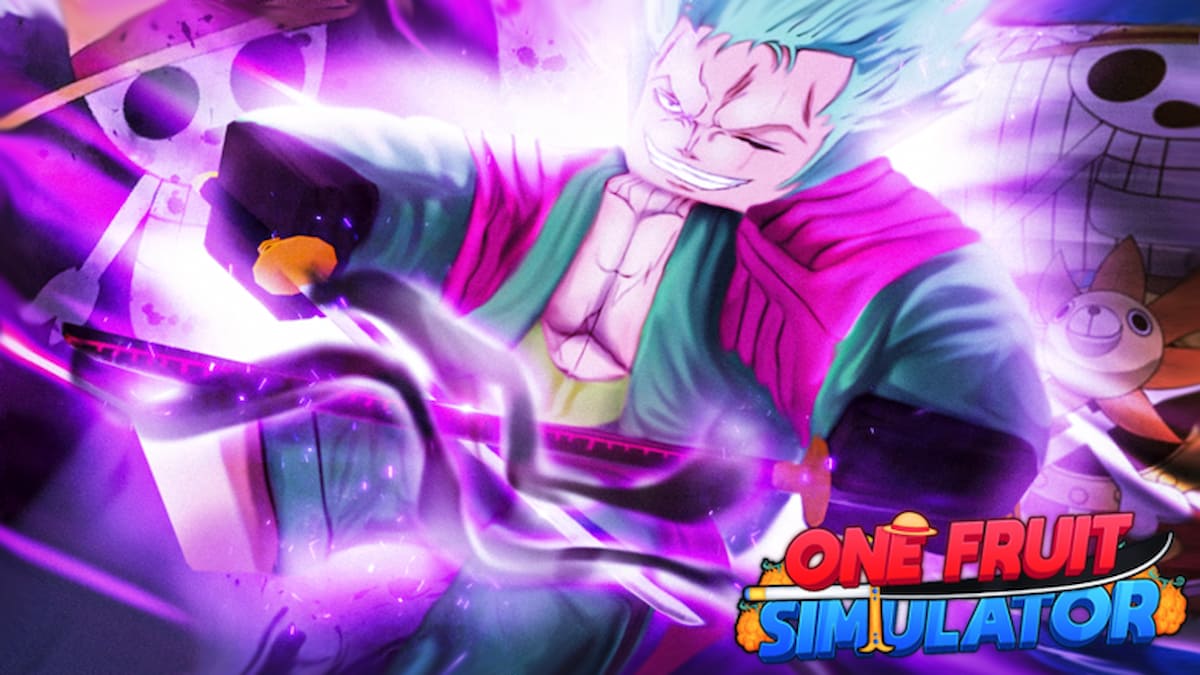
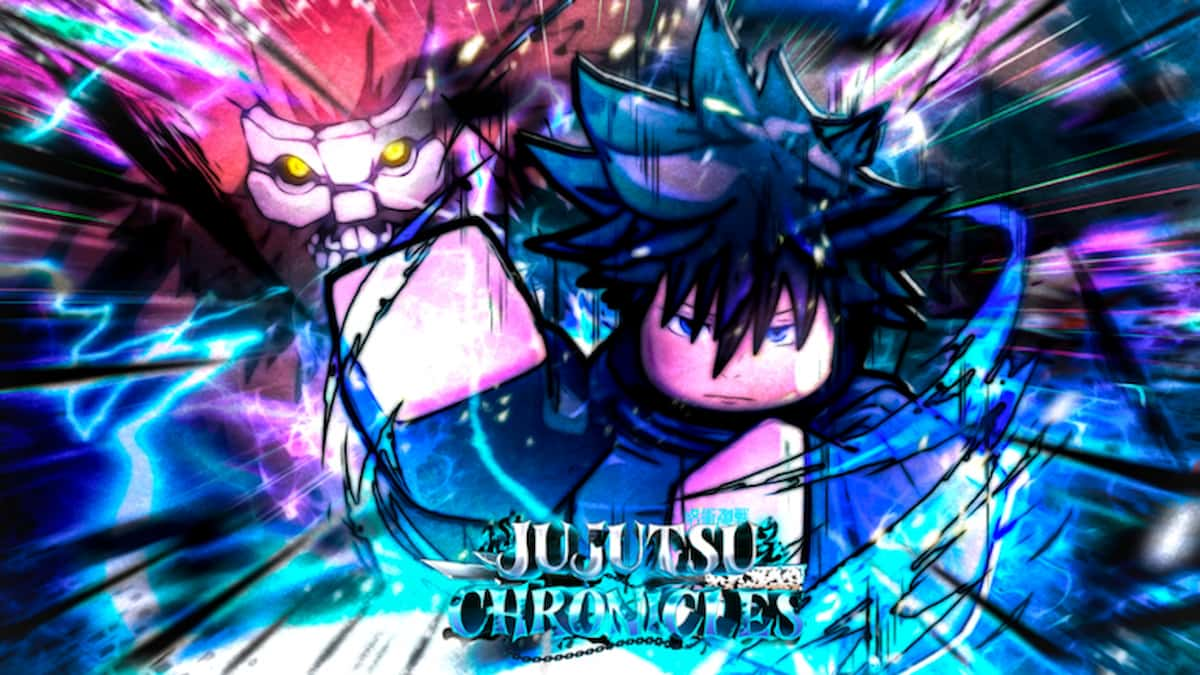
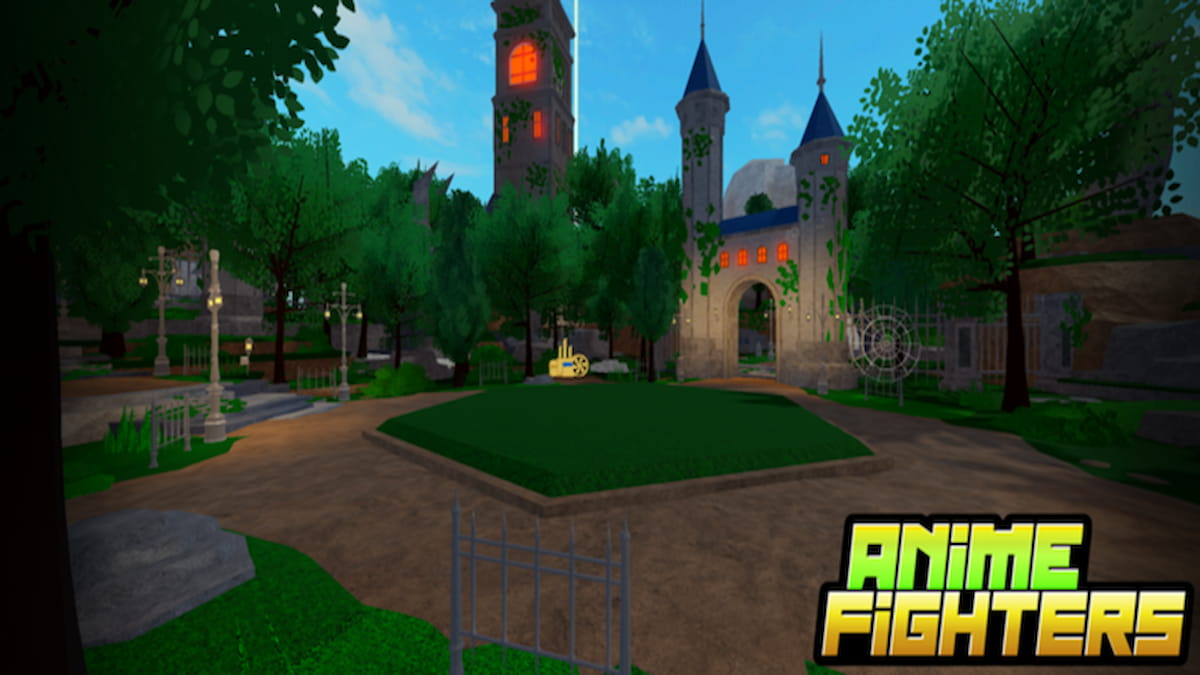


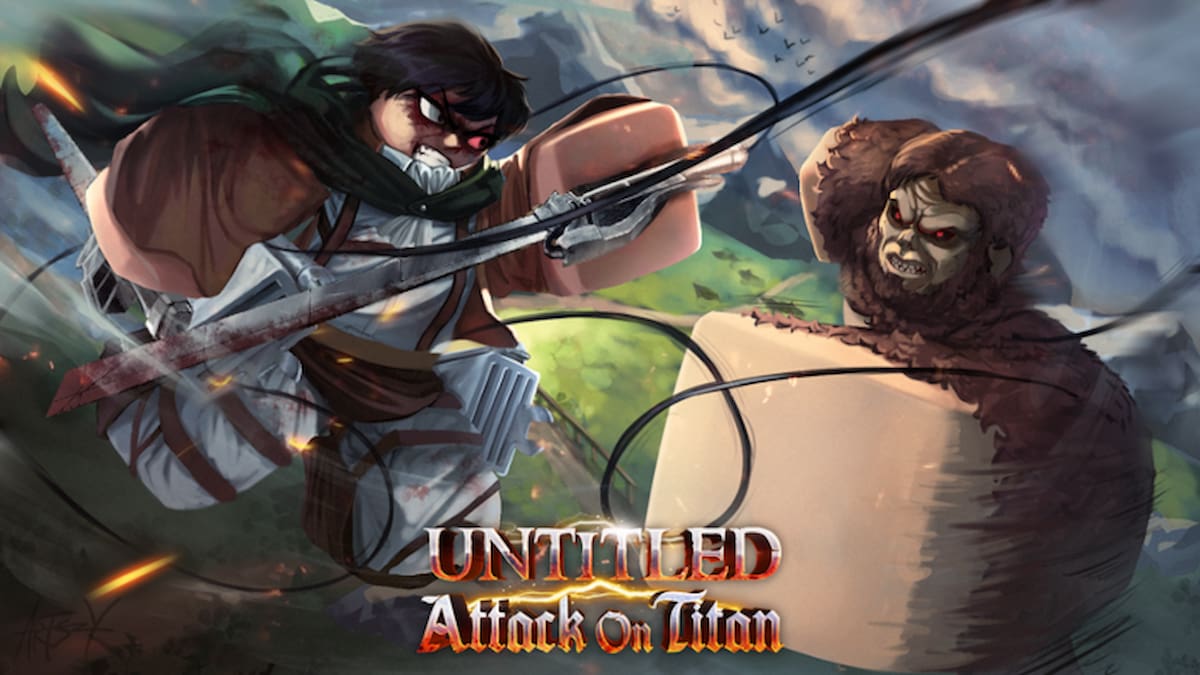




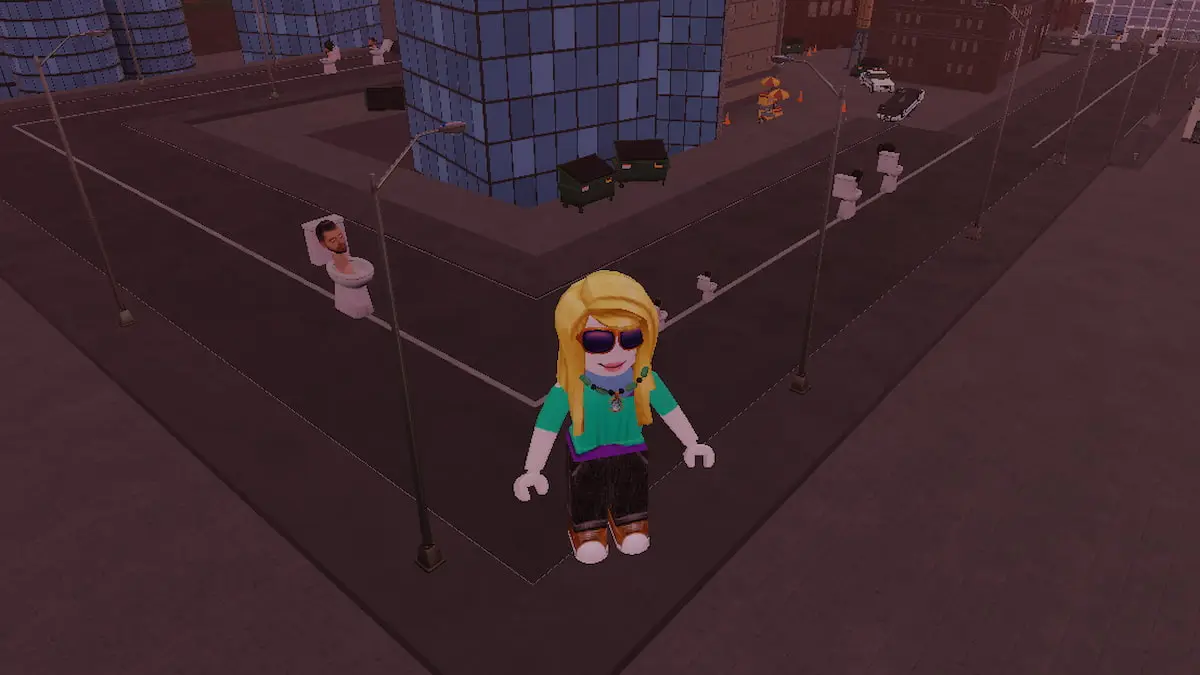
Published: Apr 2, 2020 6:28 AM UTC